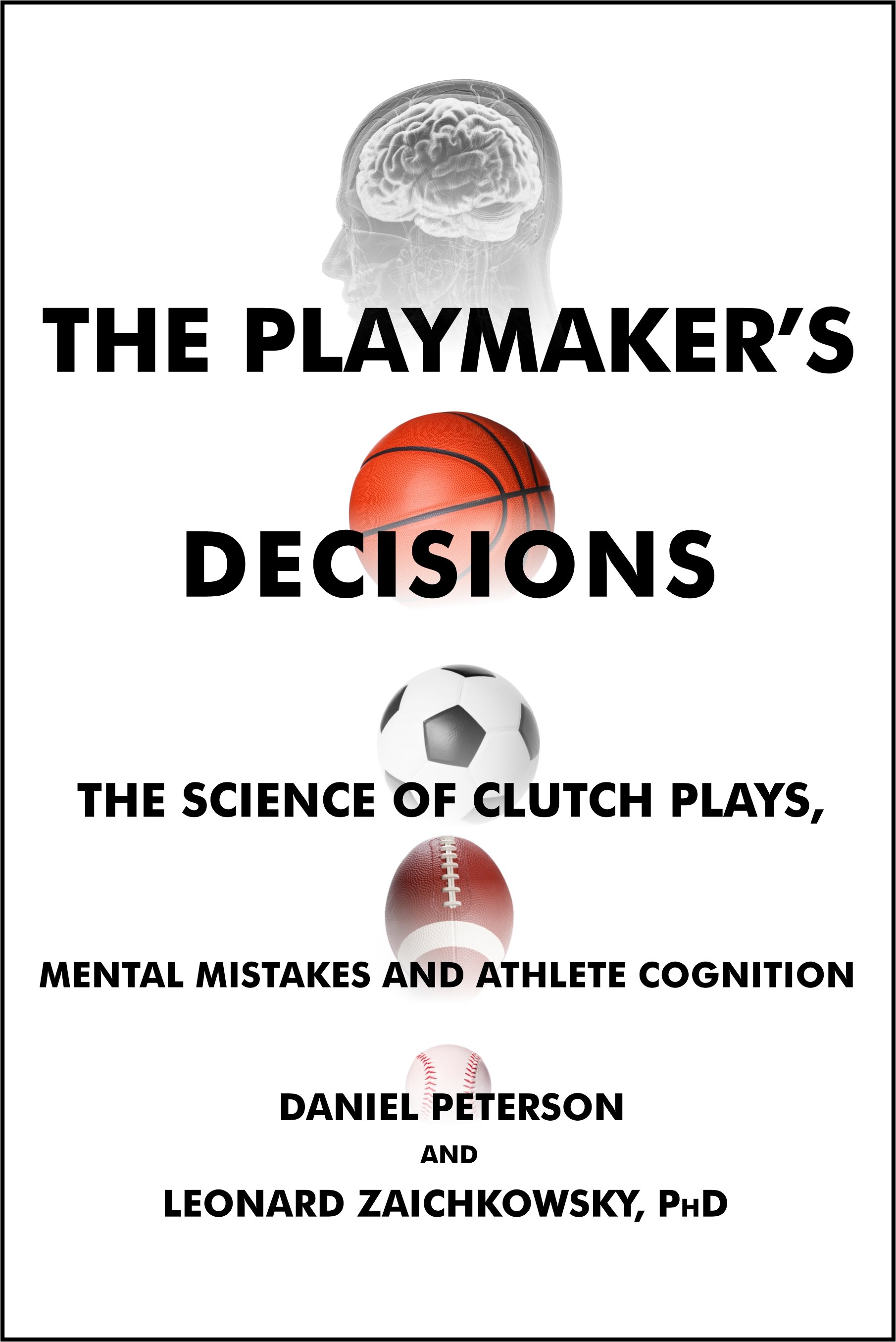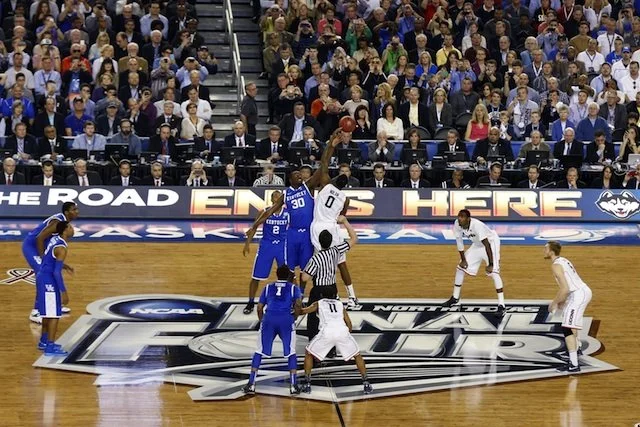When a company drafts a single celebrity to represent a brand, it can backfire -- in the way Tiger Woods' behavior was thought to have potentially affected certain brands. A new study in the Journal of Consumer Research examines different ways to secure brand loyalty.
"A widely applied method for improving how people feel about a brand is to pair the brand with positive stimuli," write authors Steven Sweldens (INSEAD), Stijn van Osselaer (Erasmus University), and Chris Janiszewski (University of Florida). "A brand can be advertised using attractive imagery, endorsements by a celebrity, or used in event sponsoring. Invariably, advertisers hope that the favorable feelings generated by the positive stimuli will attach to the brand."
The pairing of a brand with positive stimuli is called evaluative conditioning, and the researchers found that evaluative conditioning can occur in two different ways: direct transfer and indirect transfer.
"In indirect transfer, the positive feelings toward the brand are dependent on creating a link in memory between the brand and a positive stimulus. For example, MasterCard uses the popular NFL player Peyton Manning to advertise its product, creating a link between MasterCard and Peyton Manning," the authors write.
A second form of evaluative conditioning involves the direct transfer of feelings to the brand. In this case, the positive feeling from the stimulus "rubs off" on the brand. For example, Nike sponsors 55 current NBA players, which associates the brand with a wide range of likeable athletes.
"For these fans, the Nike brand becomes more liked as a consequence of the sponsorship of many athletes, not because of the sponsorship of any one athlete," the authors write.
This difference is displayed in Woods' association with Accenture. "If a brand has used Tiger Woods to create an indirect transfer of feelings, then Woods' recent indiscretions are particularly damaging to the brand," the authors write.
"Advertising and product use can be structured to facilitate direct versus indirect affect transfer, which yields more robust brand attitudes than indirect affect transfer," the authors conclude.
Source:
Evaluative Conditioning Procedures and the Resilience of Conditioned Brand Attitudes. Journal of Consumer Research and
University of Chicago Press Journals
See also: Tiger, LeBron, Beckham - Neuromarketing In Action and Tiger's Brain Is Bigger Than Ours
Please click here to take the Sports Are 80 Percent Mental 2-minute survey!














